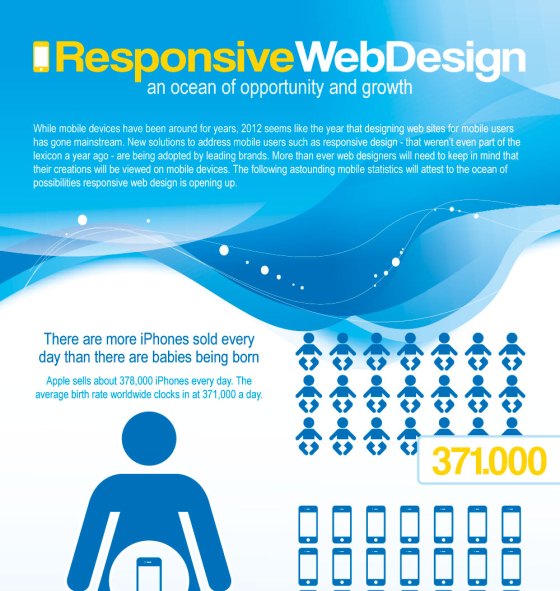Fundamental Aspects Of Web Design: Guidelines For Developing A User-Centric Website
Fundamental Aspects Of Web Design: Guidelines For Developing A User-Centric Website
Blog Article
Post Produced By-Scarborough Gammelgaard
When it comes to site style, guaranteeing user-friendliness is essential. From responsive layout to streamlined navigating, every element plays an important function in developing a website that accommodates your target market's needs. However what concerning the better details that can make or damage a customer's surfing experience? Remain tuned as we reveal some often-overlooked tips that can boost your web site's use to the following degree, making it truly stand out in the digital landscape.
Significance of Responsive Design
Receptive design is an essential element of contemporary internet site development. Ensuring your site is receptive means that it can adapt to different screen dimensions and devices, supplying a seamless experience for users.
With the raising use of smart devices and tablet computers to access the net, having a responsive style is essential for getting to a wider audience. It assists in improving customer experience by making your web site simple to browse and keep reading any type of tool.
In addition, responsive style can favorably influence your internet search engine rankings, as online search engine like Google prioritize mobile-friendly sites. By having a receptive style, you're also future-proofing your website, as new devices with differing screen sizes continue to arise.
Simplify Navigation Framework
To improve user experience and assist in very easy accessibility to details on your site, improving the navigation framework is critical. When making your website, focus on creating a clear and user-friendly navigation menu that helps visitors find what they're looking for swiftly.
Restriction the number of food selection products to the basics, grouping related pages together to prevent overwhelming users. Use detailed labels that plainly show the web content of each page, making it much easier for customers to comprehend where each web link will certainly take them.
Think about executing dropdown food selections for subcategories to stop cluttering the major navigating bar. In addition, consist of a search bar prominently on the page for customers who choose searching for particular information.
Prioritize mobile responsiveness in your navigating style to ensure easy access on all gadgets.
Optimize Page Load Rate
Improving web page tons speed is important for keeping visitors on your site. Slow-loading web pages frustrate users and can bring about high bounce rates. To enhance web page tons speed, start by maximizing photos. https://thewisemarketer.com/loyalty-strategy/how-to-make-your-next-digital-marketing-campaign-more-empathetic/ without compromising quality to minimize their file sizes.
In Practice , allow internet browser caching to store frequently accessed sources in your area, quickening tons times for returning site visitors. Minify CSS, JavaScript, and HTML documents by getting rid of unnecessary personalities, comments, and format, improving load rate.
Think about making use of a content delivery network (CDN) to disperse your site's web content across numerous servers worldwide, minimizing latency for customers accessing your site from different places. Last but not least, restrict making use of third-party manuscripts and plugins, as they can considerably impact lots times.
Verdict
In conclusion, by incorporating responsive design, simplifying navigating, and maximizing web page tons speed, you can produce an easy to use website that attract a bigger audience and enhances individual experience. These essential elements ensure that site visitors can quickly accessibility and navigate your site throughout different devices, leading to boosted engagement and fulfillment. By concentrating on these vital elements, you can construct an effective web site that keeps users returning for even more.
